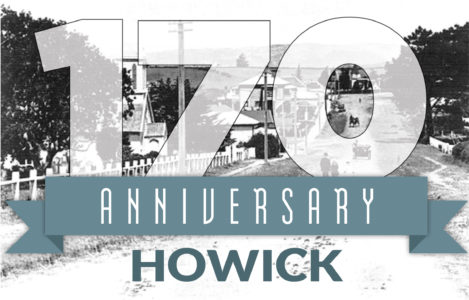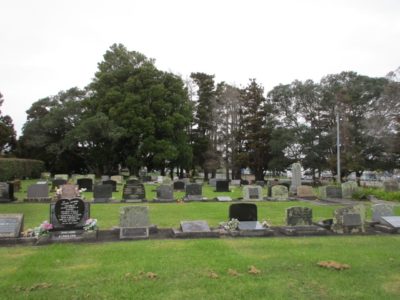
As Howick and districts count down to the 175th anniversary, the Times continues its series by Alan La Roche giving readers a glimpse of life as it used to be. The countdown began at the 170th in 2017
Most New Zealanders who lived through the Great Depression remember “waste not, want not”, living very frugally and being self-sufficient.
Everyone had to tighten their belts. In 1931, 40 per cent of the New Zealand work force was unemployed at about 100,000 men. Many were World War I veterans with war wounds. There were riots in the cities. All government employees including teachers dropped 20 per cent off their wages. Export prices dropped by 40 per cent.

The Howick community had to make-do. Many had vegetable gardens, a house cow and hens. One lady remembered her mother grinding up maize in a maize grit mill which was boiled up as porridge instead of rolled oats for meals. She said this porridge was coarse and awful.
Flour bags were used as tea-towels or made into underwear. Sugar sacks became clothing, floor-rugs, oven cloths or chair-covers. Some Pakuranga residents hacked off big slabs of kauri for firewood off the big logs in the Tamaki estuary by Sanctuary Point as coal was too expensive.
The Old Age Pensions and War Pensions were reduced, and Family Allowance benefits ceased. Children went without shoes and wore old clothes. The Catholic Orphanage in Granger Road took in children from families who could not cope during the depression.
Some families saw the depression as far worse than the war periods.
The Howick Town Board recommended that all men on relief work must have a good garden and had lived in Howick for at least six months in order to get the meagre subsidised wage.
Some Howick men worked for Manukau County Council roadworks for 10 shillings a week relief pay. Barrows, grubbers and spades were supplied. There were two unemployed camps at Whitford, one at the quarry and in Clifton Road cutting gorse and tea tree.
They lived in a vacant cottage, not in tents like many unemployed camps.
Swaggers or tramps were common, men wanting a bed and jobs. Some collected bottles, sacks or rags to sell. Many put cars on blocks and cut off telephone service to reduce costs.
Some gathered pigs-ear fungus. Others gathered ergot fungus on roadsides.
The unemployed filled the culvert over the Howick Beach drain. Others carted dray loads of shell from the beach for footpaths in Picton, Selwyn Roads and Ridge Road. Other groups cleared gorse and weed from Willow Glen Reserve in Cockle Bay [behind today’s playcentre].
In 1932 unemployed men planted the totara trees on the recently opened cemetery in Paparoa Road. On completion of the Greenlane to Howick concrete road in January 1930, all workers were discharged.
But when the road and water reticulation projects were running out of funds, a Queen Carnival was held with many activities including a Coronation.
It brought the community together even though many were out of work. The concrete road to go to the end of Cook Street was abandoned. Kauri gum was collected and sold by Dalmatians on the Glendowie Peninsula. If you were hungry in Howick, many gathered cockles from the beaches.
Completion of the McInnes’s building at the corner of Cook Street and Picton Street in 1927, the new Marine Hotel built in 1930 and the Mangemangeroa concrete bridge built in 1934, all helped to create work in Howick.
Because Howick residents were largely self-sufficient, the depression was less detrimental than other larger towns in New Zealand. This good-neighbour philosophy will get us through these unusual times.
- Alan La Roche, Howick Historian








